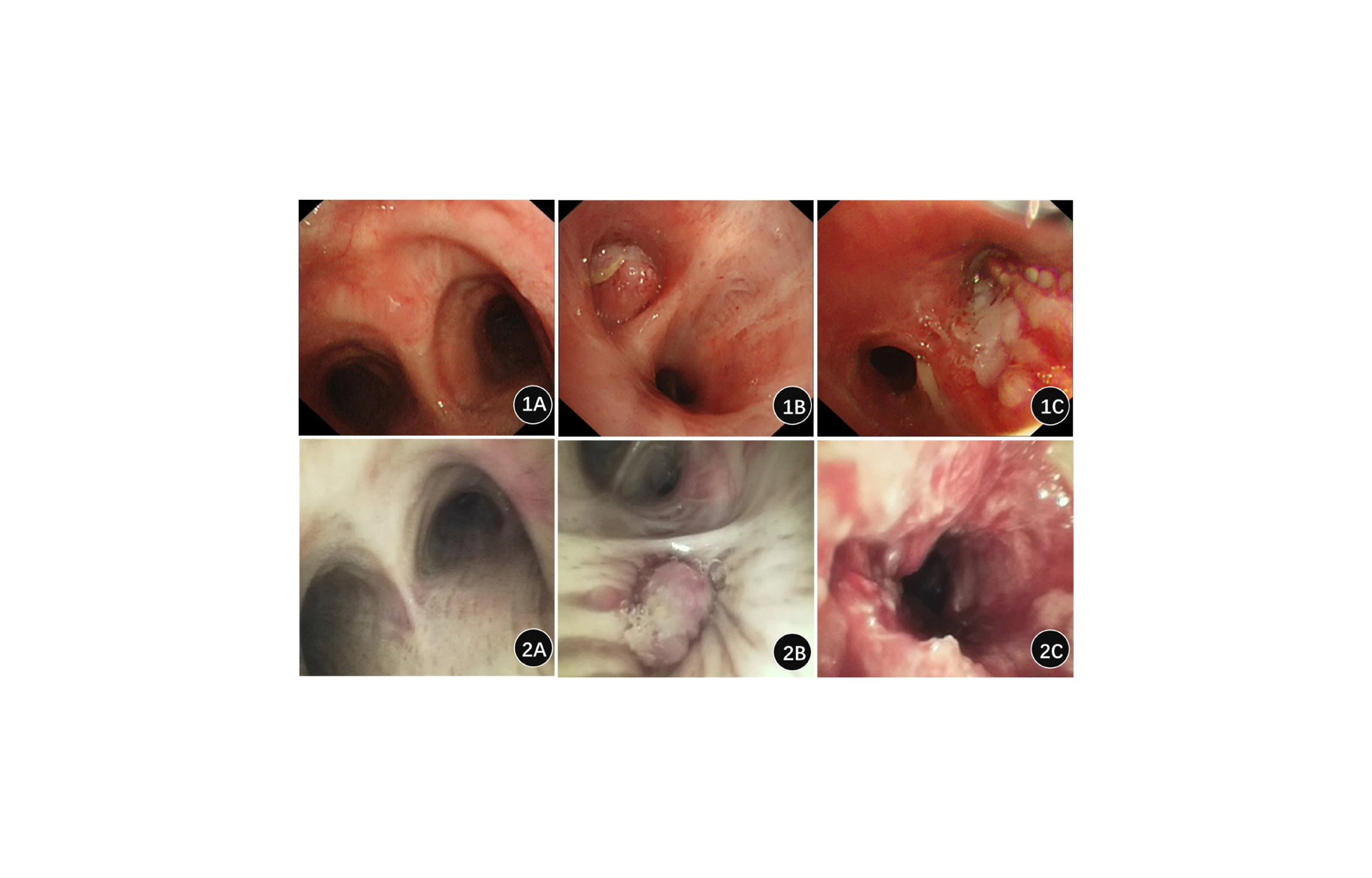
As the world population ages — with one in six people expected to reach age 60 or older by the year 2030 — swallowing problems will become ever more common.
Abnormal swallowing, known as dysphagia, often accompanies aging, but is also sometimes magnified by a variety of common diseases that can afflict the elderly. These include dementia, stroke and Parkinson’s Disease.
Swallowing, which most people perform effortlessly more than 1,000 times a day, can become challenging as the more than 25 muscles involved in the process age and become diminished.
These kinds of problems not only impact quality of life but also affect the families of those patients. Because inefficient swallowing can lead to coughing and choking, consequences also include malnutrition, social isolation, depression, aspiration pneumonia and even death, according to Dr. James H. Clark and Peter C. Belafsky, in an article they co-wrote in ENT & Audiology News.
“Dysphagia in older adults is common and has the potential to present significant detrimental effects on quality of life and successful aging,” the authors wrote. “While the aging process remains inevitable, resulting changes to the swallowing mechanism do not necessarily establish unsafe or compromised function.”
Certain medications, including aspirin, iron supplements and narcotics also can cause swallowing impairment, the authors noted.
The role of testing for and treating dysphagia often falls to speech language pathologists, or SLPs, who are practiced in fiberoptic endoscopic evaluation of swallowing, known as the FEES procedure. The SLP or other clinician conducting the test passes a flexible endoscope through the patient’s nose to view various parts of the throat as swallowing occurs.
Swallowing therapy under an SLP’s direction, along with respiratory muscle strength training, can help ease dysphagia, the authors wrote.
Ambu offers the aScope 4 RhinoLaryngo Slim, a single-use endoscope to perform FEES, which works with the aView 2 Advance HD monitor.
Because the device is single-use, it’s easy to set up at the patient’s bedside or wherever the procedure needs to be performed. It is also immediately available, with no delays due to reprocessing or repairs, as often seen with reusable endoscopes. The Ambu monitor enables frame-by-frame video replay of swallow physiology.
Demand is growing for FEES exams and clinicians who can perform them, industry experts say. That’s because the lack of an objective test like a FEES exam can result in dysphagia management decisions being based on observed signs and symptoms. That can lead to overdiagnosis, or not diagnosing the condition enough.


